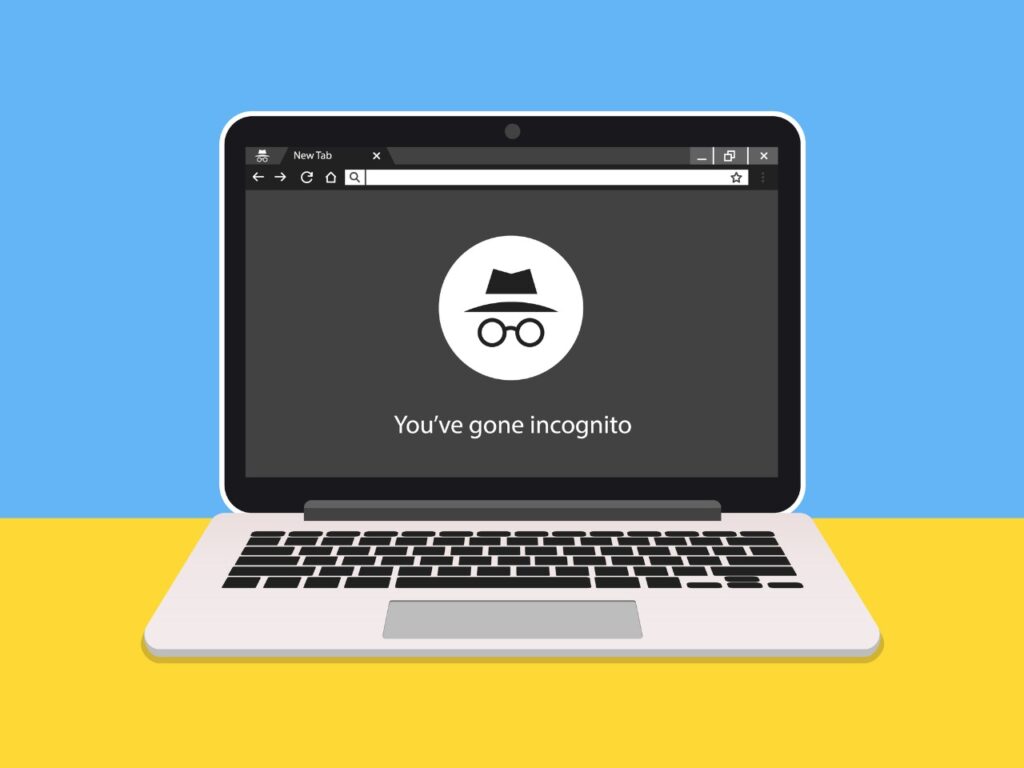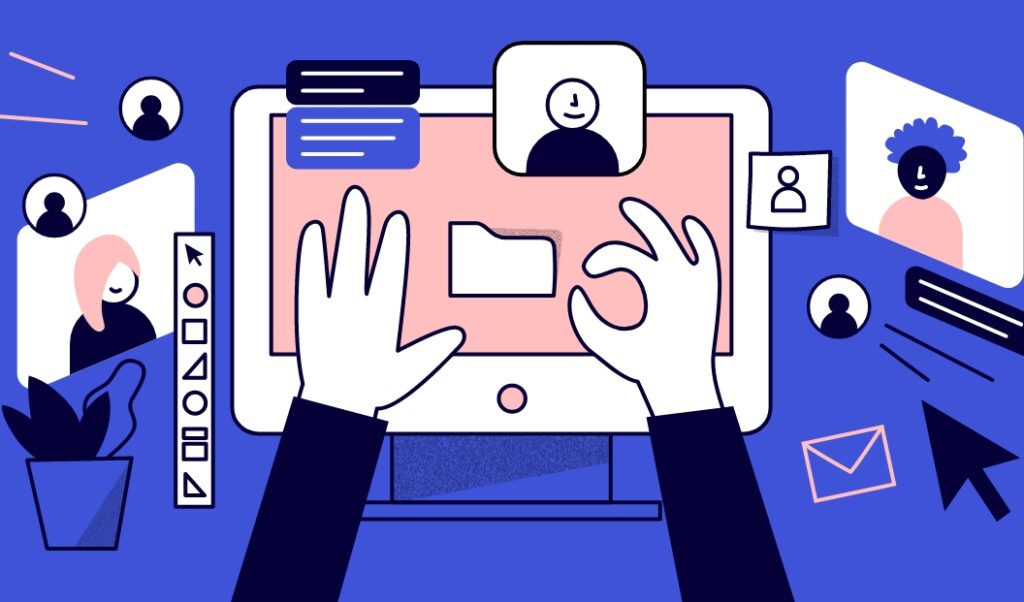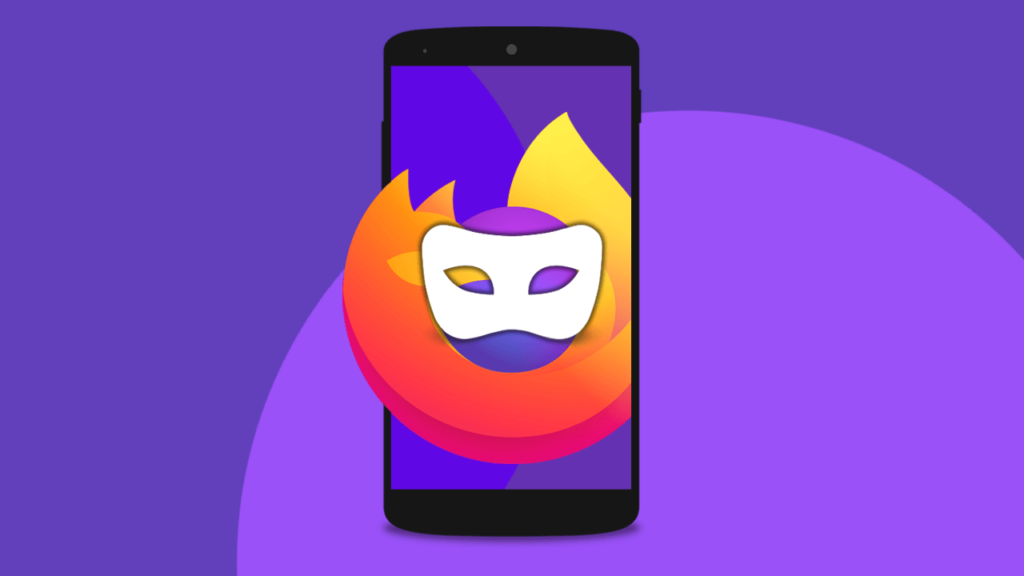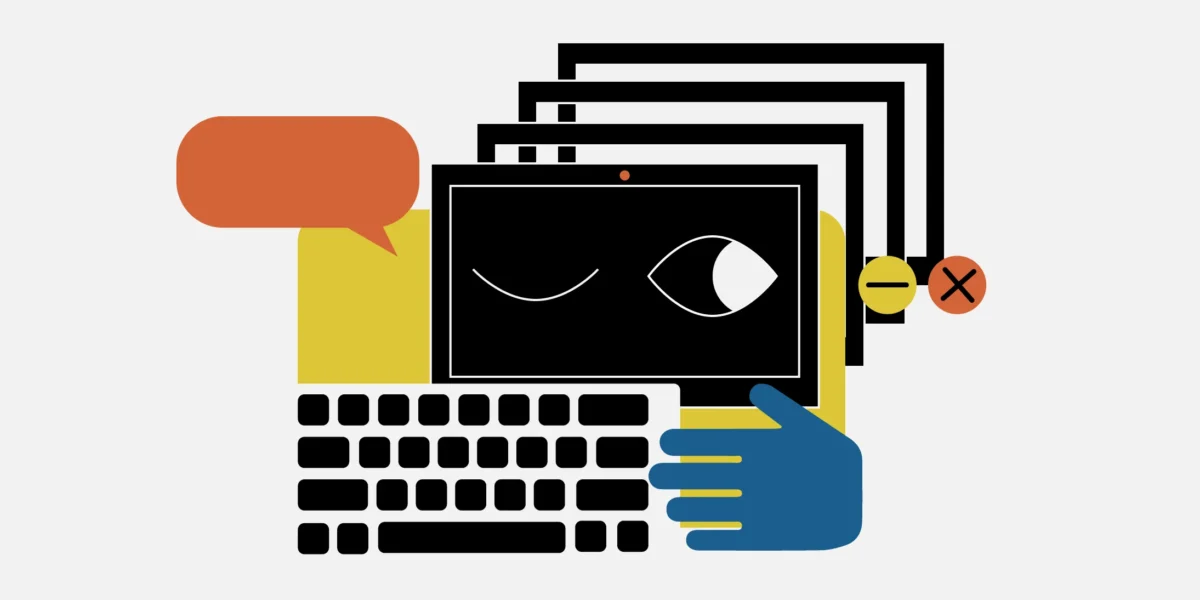Incognito Mode on any browser can be confusing to understand. It can seem helpful in many ways, like when browsing histories are not saved during such sessions. However, the central dilemma is that thousands of users are puzzled about what this mode does and how it can influence their digital lives.
Now more than ever, internet users are looking for new ways to protect their privacy while browsing, shopping, and working. Chrome’s Incognito mode (or private browsing in Firefox) provides a quiet hideout. It even has a suitable icon – a sneaky little undercover guy.
How much do you know about going incognito?
Does it serve to sell a false sense of protection, or can it protect you from prying eyes?
Here’s where Incognito mode improves browsing privacy – and where it fails.

What is incognito mode, and how to get there?
The three vertical dots on your Chrome bar, all the way right from the search bar, hide a convenient menu called Customize and Control Google Chrome. When you click on it, you’re offered to choose to open a new tab, a new window, or a new Incognito window.
The keyboard shortcut is Ctrl+Shift+N.
When you choose the last option, you arrive at the black window defining what going incognito actually means. Most of us have never read it, and many never will. That’s why there are so many misconceptions about the Incognito mode, even among savvy users.
For instance, did you know that browsing histories influence the Incognito or private browsing windows? You can notice that Google aims to finish your queries with those you have already done. If you dig deeper, you can find options for preventing this influence from regular browsing. Stopping suggestions requires a simple visit to settings and finding Privacy & Security panels.

You’ve gone incognito – but what does that mean?
Chrome’s Incognito mode, as clearly indicated on the default page, allows you to hide your browsing history from the people you share the device with. Whether you’re working on home PCs or trying to browse from a mobile device, this is a much-welcome solution.
Additionally, Incognito modes are helpful if you share a device with multiple people. Imagine looking for a gift for your significant other on a shared device. A few days later, they notice ads and a previous visit to websites offering such products. The chances are, your significant other will put two and two together.
It can also be beneficial to retain your preferences online. Say you like the music YouTube offers. However, guests arrive and search for songs you would never listen to. To maintain your standard recommendations, simply open an Incognito window. Therefore, you won’t have to log off to do so.
Here’s what going incognito means in terms of your data:
- Your browsing history won’t be recorded.
- Chrome won’t save site data and cookies.
- Information in forms won’t be saved.
So far, so good. It allows you to browse without sharing your browsing history with other people who use the same device, like your family or friends. Even more importantly, data collectors won’t be able to track you down with targeted ads.
Do you know how the same ad keeps following you around for weeks after deciding not to succumb to your late-night online shopping impulses? Thanks to cookies, which work like tracking devices that run on your search history. That’s the way to get rid of them.

But does incognito mode make you invisible?
Unfortunately, no.
When you’re browsing in Incognito mode, what you do online is still visible to “your employer or school,” as it says on the default page, as well as your internet service provider. It probably also includes your government, as well as sophisticated data collectors.
For the same reason, Incognito can’t hide you from malicious attacks.
Downloads, bookmarks, and reading lists will remain saved on your PC, even though they won’t be included in your browsing history. Using this access point or some other technique, online criminals can still infect your device with viruses, malware, and ransomware.

How to hide your online activity better?
Several recommendations can make your browsing genuinely anonymous and private.
Incognito mode is an excellent start as it covers quite a few privacy gaps. However, it is not enough. The best course of action would be to adjust the settings you have on your accounts, like preventing apps from collecting and sharing data for targeted advertisements.
Furthermore, you should consider getting tools like Atlas VPN for your PC and for your mobile devices.
Every device comes with a unique IP, which reveals its general location. Some websites you visit in Incognito mode show you ads in the language of the country you’re browsing from. A VPN hides this IP, so you can’t be tracked down, but that’s not all.
It also dedicates a different IP address to your device by rerouting your internet traffic. It happens right after you connect to remote servers in preferred locations. Therefore, since thousands of users connect to the same servers, your activities will blend with their actions. Thus, fewer chances of someone tracing your activities back to you.
Thus, it is an excellent addition to your security arsenal. Even more significant differences can occur if you employ tracker/ad blockers. Some antivirus tools also offer protection against phishing and scan suspicious files.

Conclusion
Using Incognito mode is better than not having any protection at all. It’s of great help when you want to hide your browsing history from the people you share your device with. It’s also a much-needed fence against personal recommendations and retargeting ads. Aside from these practical applications, Incognito won’t cover anything. It can be helpful to you if you know what it does.
You’ll have to rely on other tools for anything more than this – and your common sense. For instance, home computers require antivirus software. After all, you conduct most of your activities from this device. However, do not forget to set up similar protections on your smartphones to ensure that you stay safe anywhere you go.





